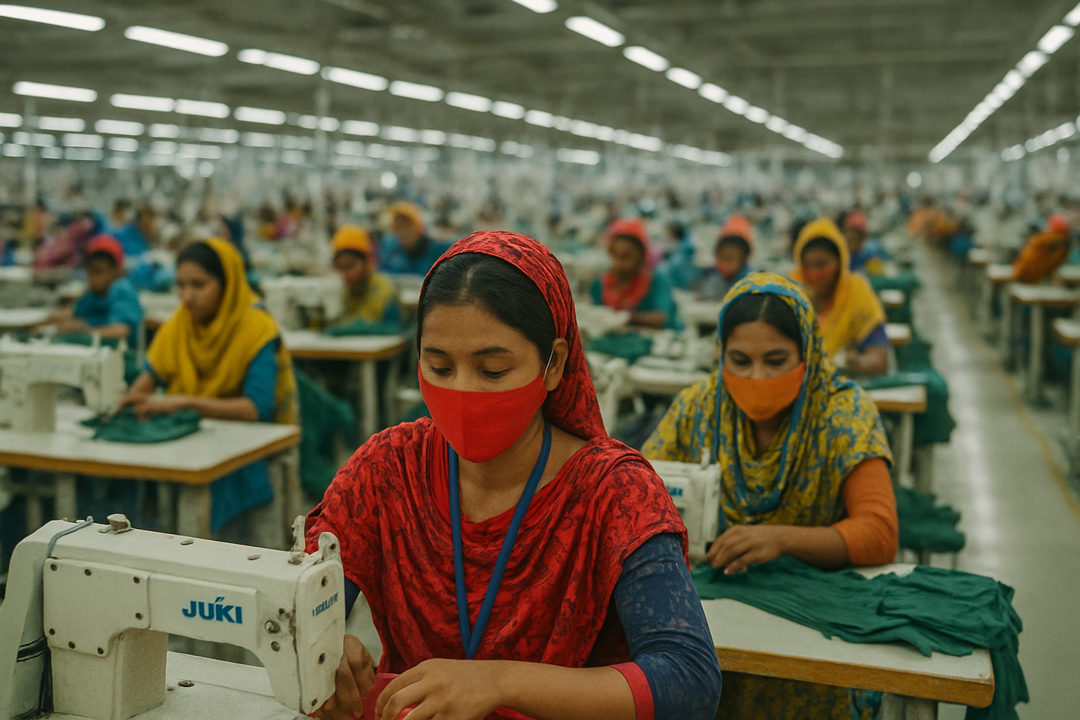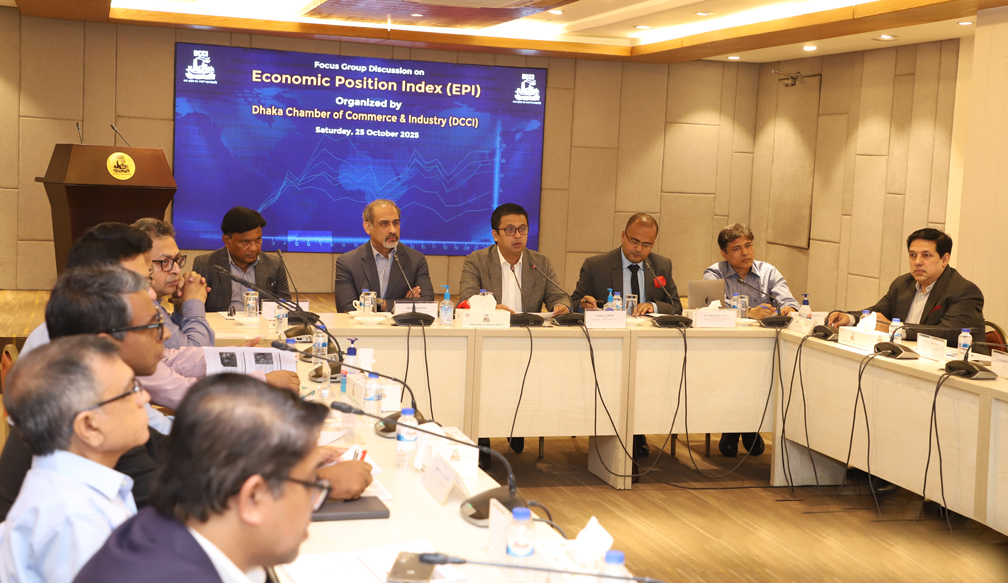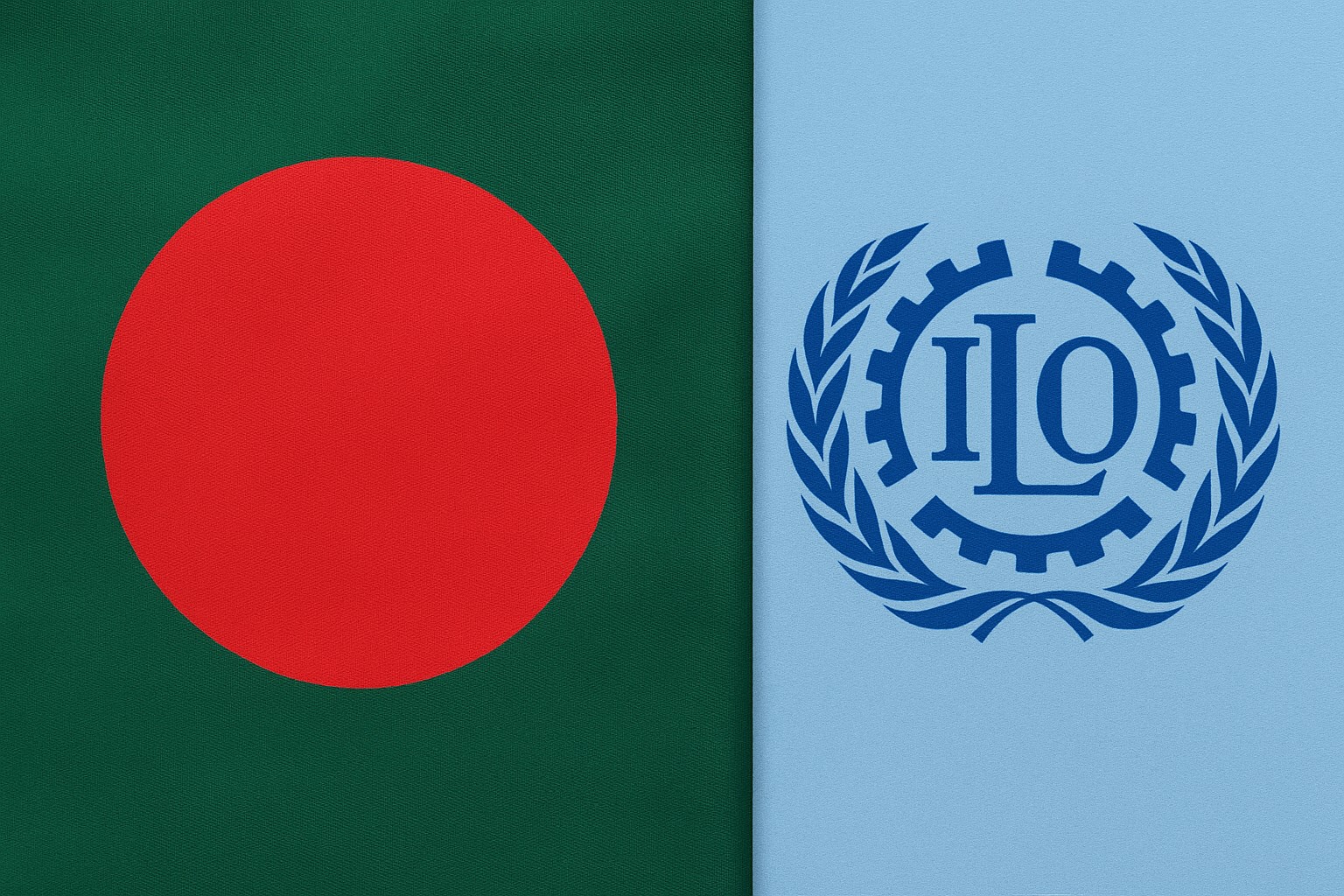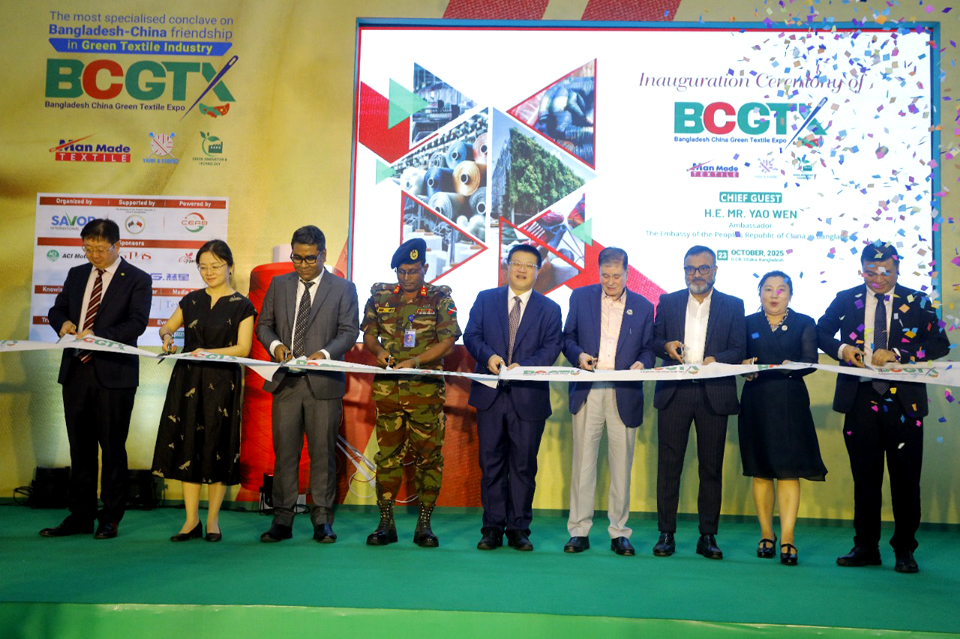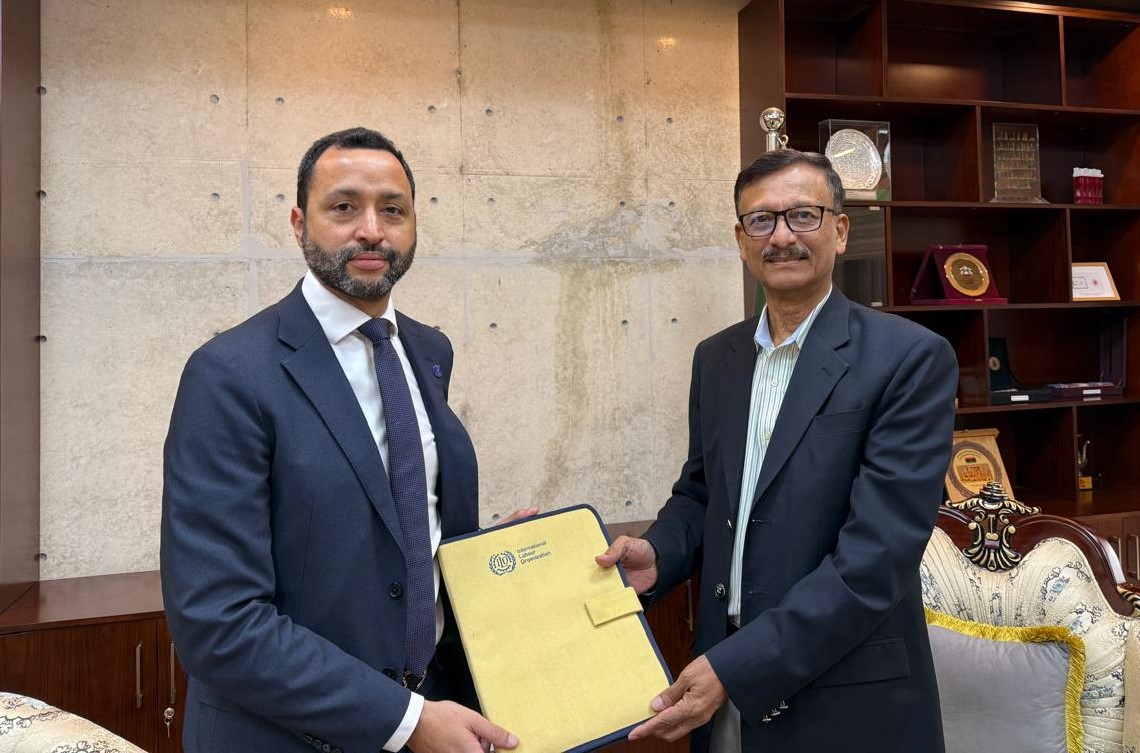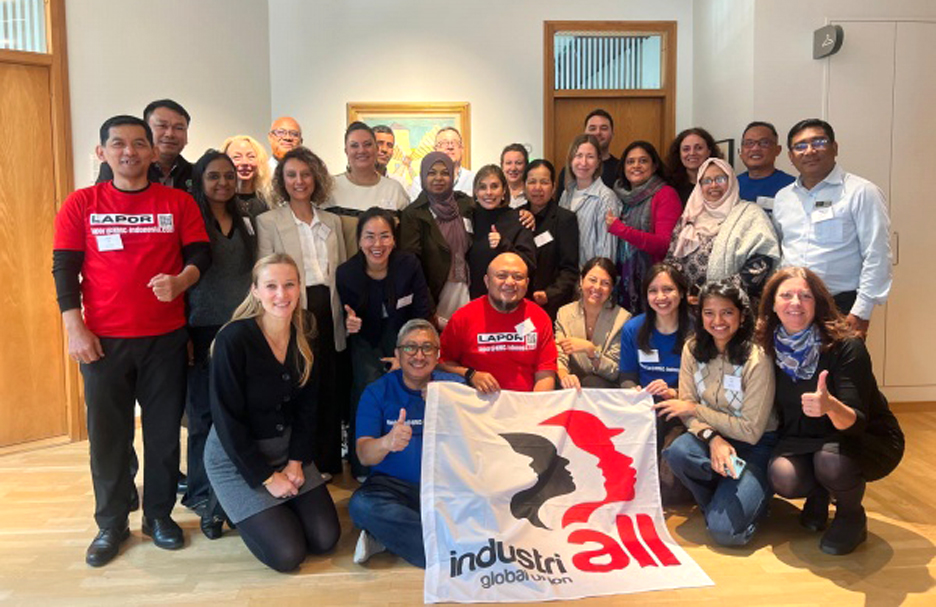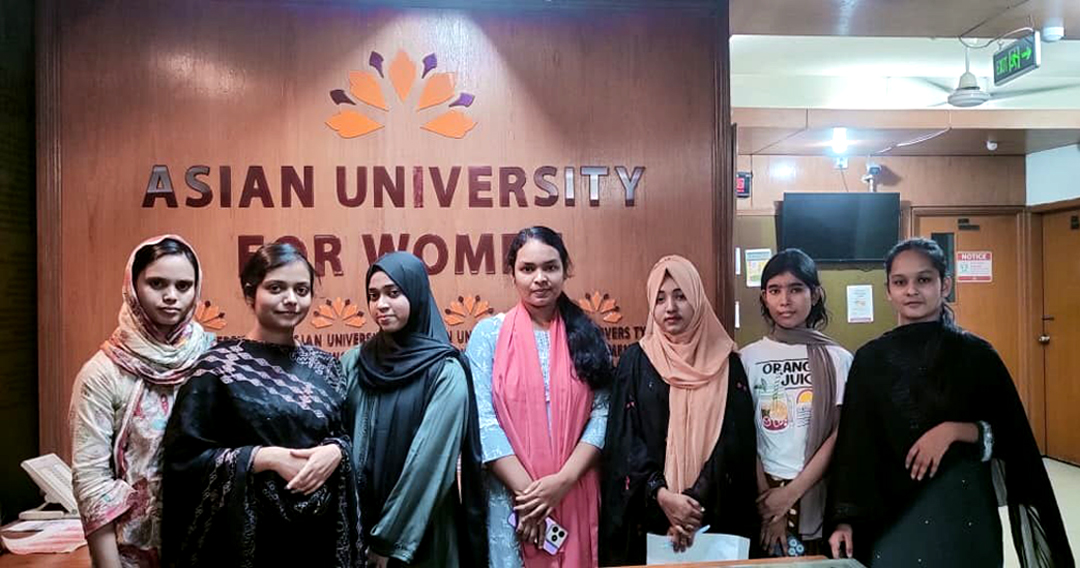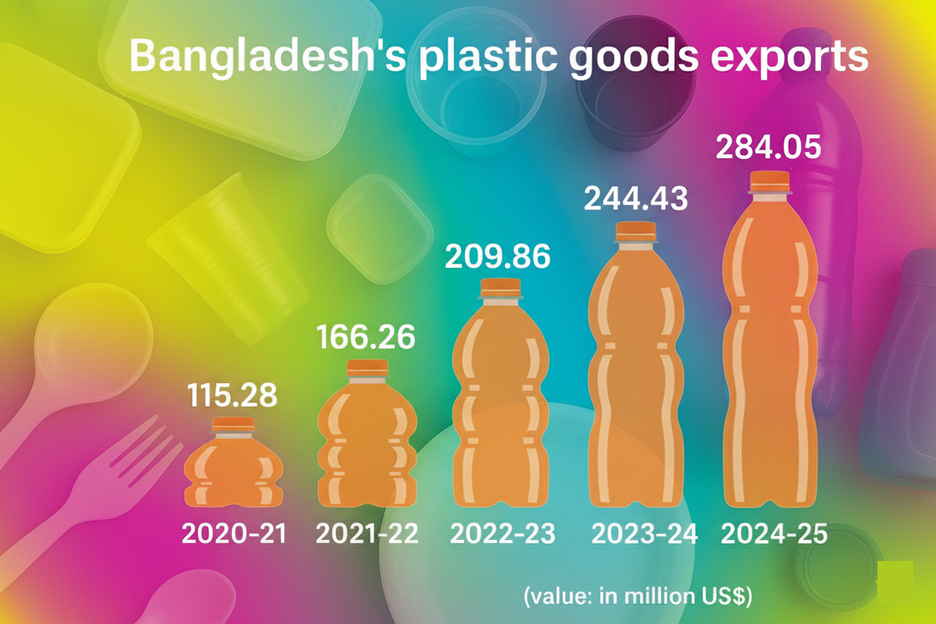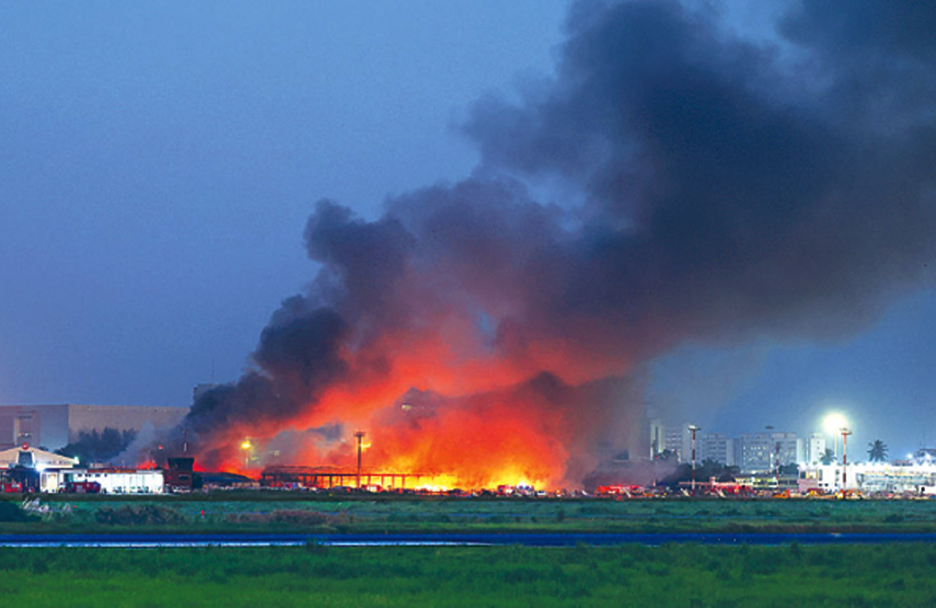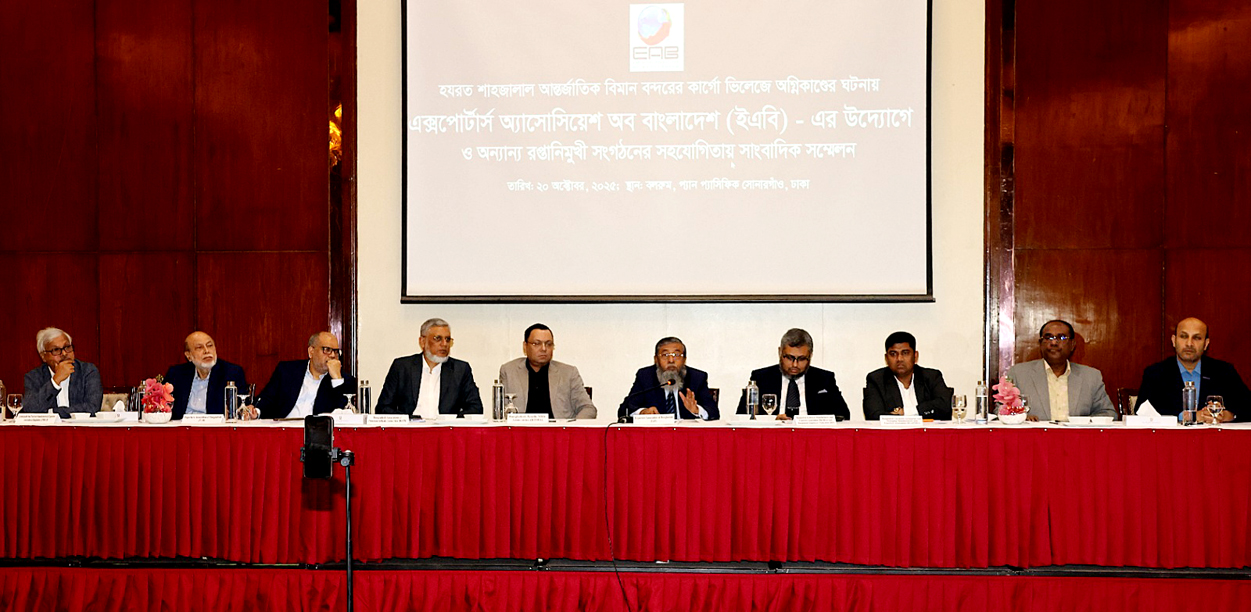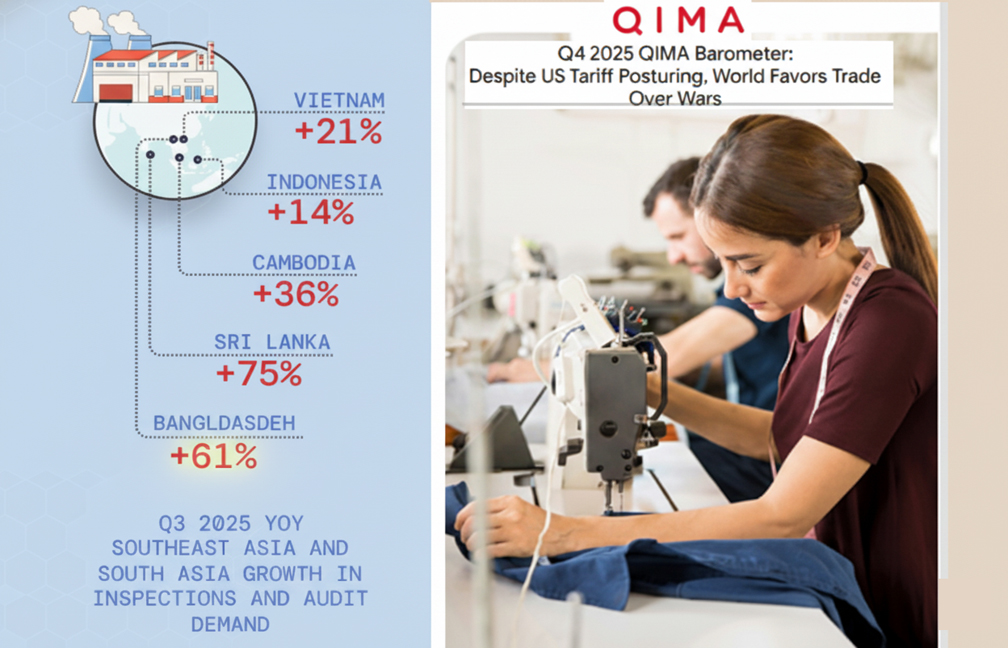Bangladesh, the world’s second-largest garment exporter, is under growing pressure to defend its global market share, which has plateaued at around 6.5–7 per cent.
Competitors like Vietnam are rapidly expanding through trade agreements, foreign investment, and innovation, leaving Bangladesh at risk of losing ground.
Industry experts warn that without a swift shift to man-made fibre garments, investment in automation and design, and favourable trade deals, the country could struggle to capitalise on opportunities, including China’s gradual retreat from low-end garment production.
Structural challenges such as slower logistics and underdeveloped supply chains further threaten its competitiveness.
Experts said Bangladesh must focus on man-made fibre (MMF) garments and product diversification to strengthen its position.
They said despite China losing over 9 per cent of its share in the past decade, much of this gain has gone to Vietnam in the US market, while Bangladesh has benefited in the European Union, largely due to duty-free access.
However, the country has struggled to enter China’s domestic market, worth around $10 billion annually, where Vietnam and Cambodia dominate.
Over the past decade, China’s dominant position in the global apparel export market has steadily weakened.
In 2015, China commanded 38.5 per cent of the global apparel export market, with total exports valued at $174.6 billion. By 2024, this figure dropped to $165.2 billion, equating to 29.6 per cent of global exports, the World Trade Organization data showed.
According to the data, China’s global apparel market share declined by nearly 9 percentage points over the past decade, Bangladesh failed to capture that lost share proportionately.
Bangladesh’s apparel exports rose from $26.6 billion in 2015 to $38.5 billion in 2024, with its global market share increasing modestly from 5.86 per cent to 6.90 per cent—just over a 1 percentage point gain.
WTO data showed that the total global apparel market rose from $453.6 billion in 2015 to $557.5 billion in 2024, with significant volatility observed in 2020 due to the COVID-19 pandemic.
After a slump to $450.3 billion in 2020, the market rebounded strongly in 2021 and 2022, peaking at $577.7 billion, before stabilising around $557.5 billion in 2024.
In contrast, Vietnam’s market share rose steadily from 4.84 per cent to 6.09 per cent during the same period, as the country benefited from Western brands seeking alternatives to China, supported by multiple free trade agreements and a flexible, foreign investment-driven industry.
Policy Exchange Bangladesh chairman M Masrur Reaz observed that Bangladesh has failed to capitalise on China’s gradual exit from low-end garment manufacturing.
He said that while competitors were aggressively expanding into man-made fibres and developing strong backward linkages, Bangladesh remained overly reliant on cotton-based products.
According to a recent study by the Bangladesh Garment Manufacturers and Exporters Association, titled ‘Beyond Cotton: A Strategic Blueprint for Fibre Diversification,’ highlighted a steady shift in the global apparel trade towards non-cotton garments, with synthetic and blended fibres continuing to dominate export volumes.
The findings showed that the total global apparel trade reached $ 540 billion in 2022, of which non-cotton apparel made up 57 per cent, or $ 307.7 billion, while cotton-based products accounted for the remaining 43 per cent, valued at $ 232.6 billion.
It also identified Bangladesh’s position as the fourth-largest exporter of non-cotton apparel globally, contributing 5 per cent to global non-cotton exports with shipments worth $ 15.6 billion in 2022.
The country lags behind China, which accounts for 38 per cent, Vietnam with 7 per cent and Italy with 6 per cent.
The share of non-cotton apparel in Bangladesh’s total apparel exports rose from 27 per cent in 2017 to 30 per cent in 2022, driven by a robust 10 per cent compound annual growth rate—outpacing the 7 per cent growth in cotton-based exports during the same period.
The BGMEA study revealed in March 2024 said that Bangladesh’s non-cotton apparel exports could increase to $42 billion by 2032 from the existing $15.6 billion with the support of a fully integrated value chain with investments worth $18 billion.
Bangladesh Textile Mills Association former president Abdul Matin Chowdhury identified several key obstacles preventing investment in non-cotton or man-made fibre textiles in Bangladesh, despite growing global demand in this segment.
He pointed to severe gas shortages as the most immediate concern, saying that frequent energy disruptions are paralysing textile production and deterring new investment.
Matin also highlighted the absence of a clear policy framework from the government to support and guide MMF investment, which has created uncertainty for potential investors.
He said that Bangladesh could miss out on opportunities in the rapidly growing global MMF market if the structural challenges were not addressed.
Industry leaders and experts expressed concern over Bangladesh’s eroding competitiveness in the global readymade garment sector, citing slow progress in man-made fibre development, weak tariff negotiations, and the absence of coordinated strategic reforms.
Experts warned that the failure to secure Free Trade Agreements or duty-free access to major export markets and some potential markets— including the United States, Brazil, Japan, and South Korea — was further undermining the sector’s global standing.
Research and Policy Integration for Development (RAPID) chairman Mohammad Abdur Razzaque said that the increase in US tariffs from 15 per cent to 35 per cent posed a heavy burden on Bangladesh’s exporters.
He explained that although Bangladesh has received slightly better terms than India and China, meeting the condition of 40 per cent domestic value-add for a 20 per cent duty would be challenging, particularly for woven and MMF products, and failure to meet it could trigger the additional 20 per cent tariff.
Razzaque warned that as the US market becomes more difficult, global suppliers are likely to shift their focus to the EU, increasing competition and potentially lowering garment prices.
Business leaders said that the urgency has intensified due to Bangladesh’s upcoming graduation from Least Developed Country status, which would lead to the gradual loss of preferential trade benefits by 2029.
Bangladesh Chamber of Industries president Anwar-ul-Alam Chowdhury Parvez said that Bangladesh’s competitiveness was falling behind regional competitors such as Vietnam, Cambodia and India because the country still relied on basic cotton garments and did not have domestic MMF production.
He said that the lack of a supportive investment environment and delays in developing MMF capacity had caused higher production costs and longer lead times, making Bangladeshi products less competitive.
The BGMEA study found that leading exporters of non-cotton apparel—such as China, Vietnam, Italy and Spain—collectively accounted for over half of global exports in this segment.
It also revealed that jerseys and pullovers made from man-made fibres were among the fastest-growing categories, while women’s outerwear, dresses, and trousers were driving growth in the women’s wear segment.
According to the study, the United States remained the largest importer of both cotton and non-cotton apparel globally.
For non-cotton apparel, the top five markets—the USA, Germany, Japan, France and the United Kingdom—together accounted for nearly 48 per cent of total global imports.


